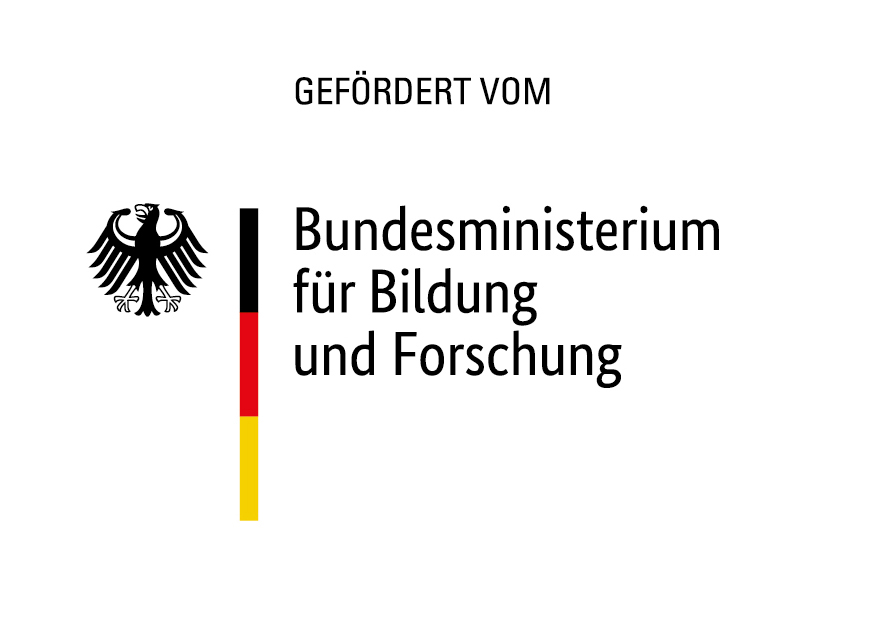
Menu
Welcome to All-Polymer
In the “All-Polymer” project, plastic fiber composites are used to upgrade recycled plastics. Through the cooperation of sustainability researchers, plastics, recycling and fiber composite experts from different sectors, economic cycles are to be created that lead to a considerable reduction in CO2 emissions and plastic waste. The project is funded under the funding measure “Resource-efficient recycling management – Innovative product cycles (ReziProK)”.
Funding agencies and framework programmes
Objectives
Due to the global sustainability discussion and the regulatory environment, the recyclability of plastics is in the focus of plastics processing companies. The emphasis is on resource efficiency, which can be increased by the increased use of secondary plastics. However, secondary materials have poorer mechanical properties than primary materials. In order to compensate for this loss of performance and to upgrade secondary materials, fiber composites are used, but they are generally not recyclable. The aim of All-Polymer is to increase the resource efficiency of fiber-reinforced secondary plastics. Appropriate design concepts should result in products that are up to 100% recyclable. In addition, the use of unidirectional fiber plastic reinforcements, so-called UD-tapes, can increase the proportion of recycled material in the component, save material or create new, more efficient products.

Solution
The secondary plastics are upgraded by UD-tapes produced in a cost and energy efficient way. By means of an additive tape laying process, the UD-tapes are applied to a component for local reinforcement or integrated into the component as inserts in the injection molding process. Within the scope of the project, appropriate processes are developed with plastics processors, which are adapted to the application. Even the use of a small proportion of fiber-reinforced material leads to a considerable improvement in the mechanical properties of the component in many applications, so that this approach can already be profitable from an economic point of view for products in the low-price segment through process simplifications, material savings and increased use of secondary plastics.

One challenge is the unknown or varying composition of secondary plastics, at least when processing the waste from the Amber Bag, especially mixed waste. Cooperation with recyclers and processing companies ensures that the composition and properties of the recycled plastics can be directly influenced. The plastics processors involved develop model prototypes for various sales markets and adapt the processing methods. It is unlikely that the same matrix plastics can be used for tape and component due to the very different viscosity requirements. Therefore, the composition of the tape matrix has to be adapted to the matrix of the component as far as possible by suitable mixing.
In order to evaluate the ecological impact of the product approaches, the basis for a comprehensive application of life cycle and material flow analyses is to be created. The aim is to be able to evaluate the resource and carbon dioxide savings over the life cycle of products without fiber-reinforced tapes. In a first step, this requires an inventory of the possibly different data situations of the companies involved. If a comprehensive life cycle and material flow analysis of all prototypes is not possible, a use case will be used to show examples of the ecological improvements that can be achieved by using fiber-reinforced tapes.
Evaluation of the results
The results of the project are new product designs based on secondary plastics, whose mechanical properties are enhanced by local reinforcements with plastic fibers. The application potential is very high, as the combination of secondary plastics and high-quality fiber reinforcement generates a new product class. This results in a cost-attractive up-cycling of the secondary plastic products with minimal use of plastic fibers.
© All-Polymer partners 2020 | Imprint | Privacy policy |


